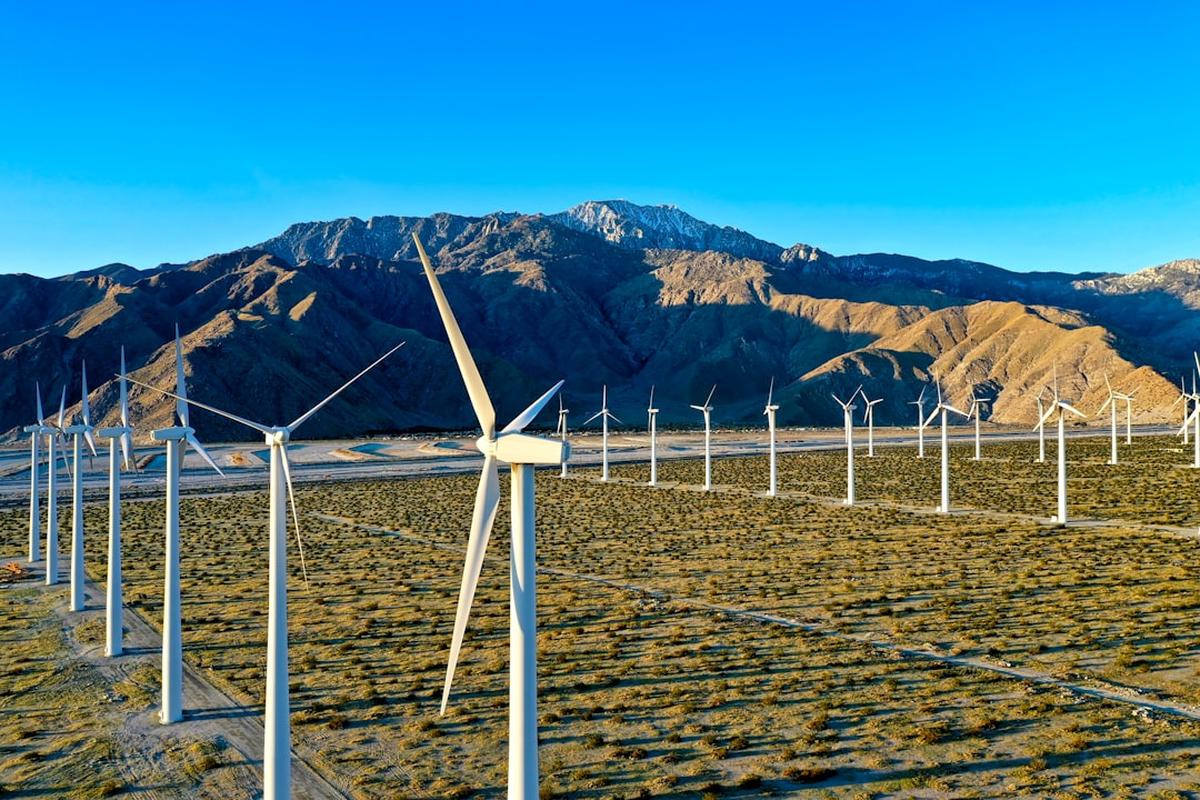Introduction to the Energy Policy Act of 2005: A Comprehensive Overview
The Energy Policy Act of 2005 was a big deal in shaping modern energy regulations. This law aimed to tackle the big issues in the energy world, setting ambitious goals and creating a plan to drive progress that lasts.
At the core of the Act is a commitment to making federal buildings more energy-efficient. Agencies had to cut down on energy use by 2% in the first year, increasing to a 20% reduction by 2015 compared to 2003 levels. This bold goal showed the government’s dedication to leading the way and inspiring more energy-saving efforts.
The Act also made it a requirement to track electricity use in all federal buildings by 2012. This helped agencies make smart choices, improve their energy management strategies, and find new ways to save energy.
Renewable energy was also a big focus, with the Act mandating that agencies get at least 3% of their energy from renewable sources at first, increasing to 7.5% by 2013 and beyond. This shift to cleaner energy sources showed a change in the nation’s energy priorities.
To support these efforts, the Act provided funding for renewable energy assessments, rebates for energy-efficient appliances, and state-level energy efficiency programs. These investments took a comprehensive approach, addressing both the supply and demand sides of the energy equation.
The Energy Policy Act of 2005 set the stage for a more sustainable energy future, empowering federal agencies to lead the way and encouraging more adoption of energy-saving practices. Its mix of ambitious goals, targeted funding, and data-driven strategies positioned the nation for a more resilient and environmentally friendly energy landscape. 1 2
 Photo by Anna Jiménez Calaf on Unsplash
Photo by Anna Jiménez Calaf on Unsplash
Key Provisions of the Energy Policy Act of 2005 and Their Implications
The Energy Policy Act of 2005 (EPAct 2005) marked a big change in how the United States deals with energy policy, bringing in a bunch of rules to push for alternative fuels, better energy efficiency, and help new technologies grow. The main goal of this law is to cut down on using regular fossil fuels and set the stage for a more sustainable energy future.
One important part of EPAct 2005 is that federal fleets have to use alternative fuels in dual-fuel vehicles, unless they get permission from the Department of Energy. This rule not only pushes for cleaner fuels but also helps get more hybrid and plug-in hybrid flexible fuel vehicles out there. Along with this, the law tells the Department of Energy to start a research program focused on getting these cool vehicle technologies into the market.
Seeing how important it is to have different energy sources, EPAct 2005 also starts a grant program to fund projects showing off advanced vehicles all over the country. This program, run by the Clean Cities program, aims to show off the potential of alternative fuel vehicles and speed up their use in the regular market.
EPAct 2005 gives out tax credits for buying alternative fuel vehicles, fuel cell vehicles, advanced lean burn technology vehicles, and hybrid vehicles, as well as a tax credit for setting up alternative fueling stations.
While the law has done a lot to push for alternative fuels and new vehicle technologies, some people say it didn’t make it a must to improve how much gas cars use, which is a big step for energy independence. Also, getting rid of the Public Utility Holding Company Act (PUHCA) has made some worry that big companies might care more about making money than helping consumers.
Even with these criticisms, the Energy Policy Act of 2005 is a big deal in the country’s energy policy, setting the stage for a more diverse and sustainable energy future. As the United States keeps dealing with energy security and taking care of the environment, the lessons learned from this law will shape the way forward. 3 4
 Photo by Venti Views on Unsplash
Photo by Venti Views on Unsplash
How the Energy Policy Act of 2005 Shaped Modern Energy Regulations
The Energy Policy Act of 2005 was a big deal in shaping modern energy regulations. This law aimed to boost the nation’s energy security, promote renewable energy sources, and make the sector more efficient.
At the core of the Act was the Renewable Fuel Standard (RFS). This rule required blending biofuels into transportation fuel to cut down on greenhouse gas emissions. The Energy Independence and Security Act (EISA) of 2007 made the RFS even stronger, upping the required amount of renewable fuel to 36 billion gallons per year by 2022.
The EPA plays a key role in enforcing the RFS, setting yearly volume requirements for each type of renewable fuel. These volumes depend on the availability and technology of different biofuel sources. To make sure the environmental and resource impacts of increased biofuel production are properly looked at, the EPA has to give a detailed report to Congress every three years.
The Energy Policy Act didn’t just stop at the RFS. It also said the Federal Government had to get at least 7.5 percent of its electricity from renewable sources, pushing for more clean energy use in the public sector. The Emergency Economic Stabilization Act of 2008 added to this by giving tax breaks to support energy production and conservation. 5 6
Future Prospects: The Long-Term Impact of the Energy Policy Act of 2005 on Energy Policy
The Energy Policy Act of 2005 was a game-changer in how the nation approached energy policy. This important law paved the way for a more comprehensive and forward-thinking strategy to tackle the changing energy landscape and its long-term effects.
At the core of the Act was the realization that the current situation was no longer sustainable. Decision-makers recognized the urgent need to reduce dependence on foreign oil, support domestic energy sources, and encourage innovation in clean and renewable technologies. The Act’s provisions reflected this multi-faceted approach, giving federal agencies the power to simplify approval processes for oil and gas development, while also promoting energy efficiency, renewable energy, and alternative fuel technologies.
The impact of the Act has been significant, shaping the energy landscape for years to come. By establishing legal authority for the use of “categorical exclusions” (CXs) from further environmental analysis, the Act aimed to speed up the exploration and development of oil and gas on public lands. This move has sparked ongoing discussions, with concerns raised about potential environmental impacts and the need for stronger oversight.
Nevertheless, the Act’s broader vision has produced results. Tax credits and incentives have boosted the growth of renewable energy sources, including wind, solar, geothermal, and biofuels. Investments in research and development have opened up new opportunities, such as extracting energy from shale and tar sands. The push for improved fuel efficiency standards has pushed automakers to create more sustainable transportation options.
As the nation deals with the changing energy landscape, the legacy of the Energy Policy Act of 2005 stands as proof of the power of forward-thinking policymaking. Its impact continues to shape the energy landscape, guiding the way towards a more secure, sustainable, and innovative energy future. 7 8
 Photo by Leeloo The First on Pexels
Photo by Leeloo The First on Pexels
References
-
“Plaw 109publ58” - www.govinfo.gov ↩
-
“Chapter149&edition=prelim” - uscode.house.gov ↩
-
“Regulations” - guides.loc.gov ↩
-
“Climate Impacts Energy” - 19january2017snapshot.epa.gov ↩
-
“390cx 090911” - www.doi.gov ↩
